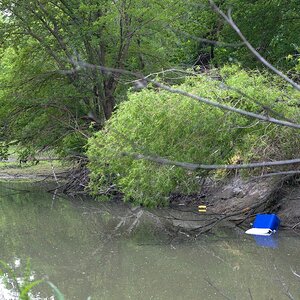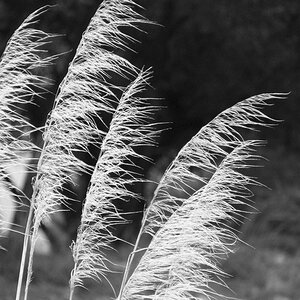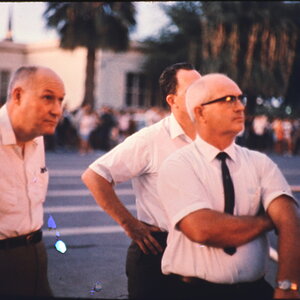guitarmy
TPF Noob!
- Joined
- Nov 3, 2006
- Messages
- 211
- Reaction score
- 0
- Location
- Edmonton, AB
- Can others edit my Photos
- Photos OK to edit
Question for you flashers (hah).
I'm trying to get away from TTL with my flash unit, so I'm learning manual flash.
However, I'm kinda lost as to the difference that shutter speed makes on a flash picture as compared to the difference the aperture makes on a flash picture.
Flash is supposed to freeze motion, right? So is the shutter speed then just to control the ambient light coming in? Does it control flash fall-off as well?
What about aperture, then? Does it control anything other than DOF? Well, I know that if I stop down there will be less light hitting the sensor, but still. I guess what I'm asking is: in flash photography, what should I use the aperture to control? What should I use the shutter to control?
I'm trying to get away from TTL with my flash unit, so I'm learning manual flash.
However, I'm kinda lost as to the difference that shutter speed makes on a flash picture as compared to the difference the aperture makes on a flash picture.
Flash is supposed to freeze motion, right? So is the shutter speed then just to control the ambient light coming in? Does it control flash fall-off as well?
What about aperture, then? Does it control anything other than DOF? Well, I know that if I stop down there will be less light hitting the sensor, but still. I guess what I'm asking is: in flash photography, what should I use the aperture to control? What should I use the shutter to control?


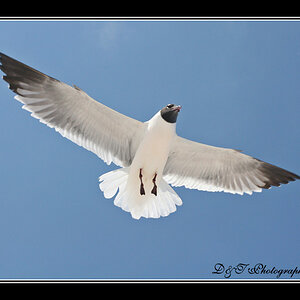
![[No title]](/data/xfmg/thumbnail/31/31977-2b717e032201241cbeae8226af23eba4.jpg?1619735136)

![[No title]](/data/xfmg/thumbnail/31/31979-ea92aca54ae865842d998c9cec534991.jpg?1619735137)
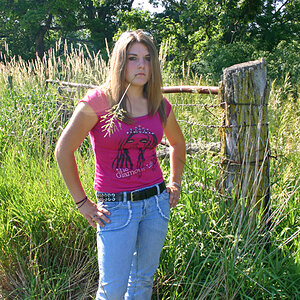
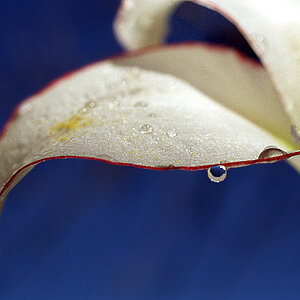
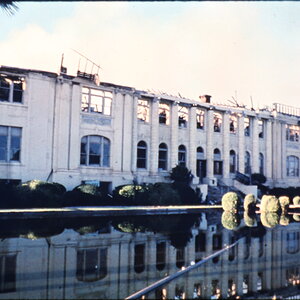
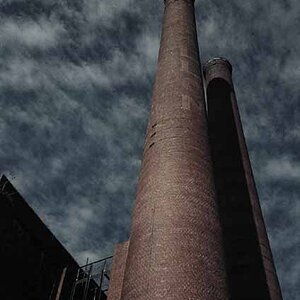
![[No title]](/data/xfmg/thumbnail/31/31980-e5048a424621c7b3cd0d306d63c09d67.jpg?1619735137)
